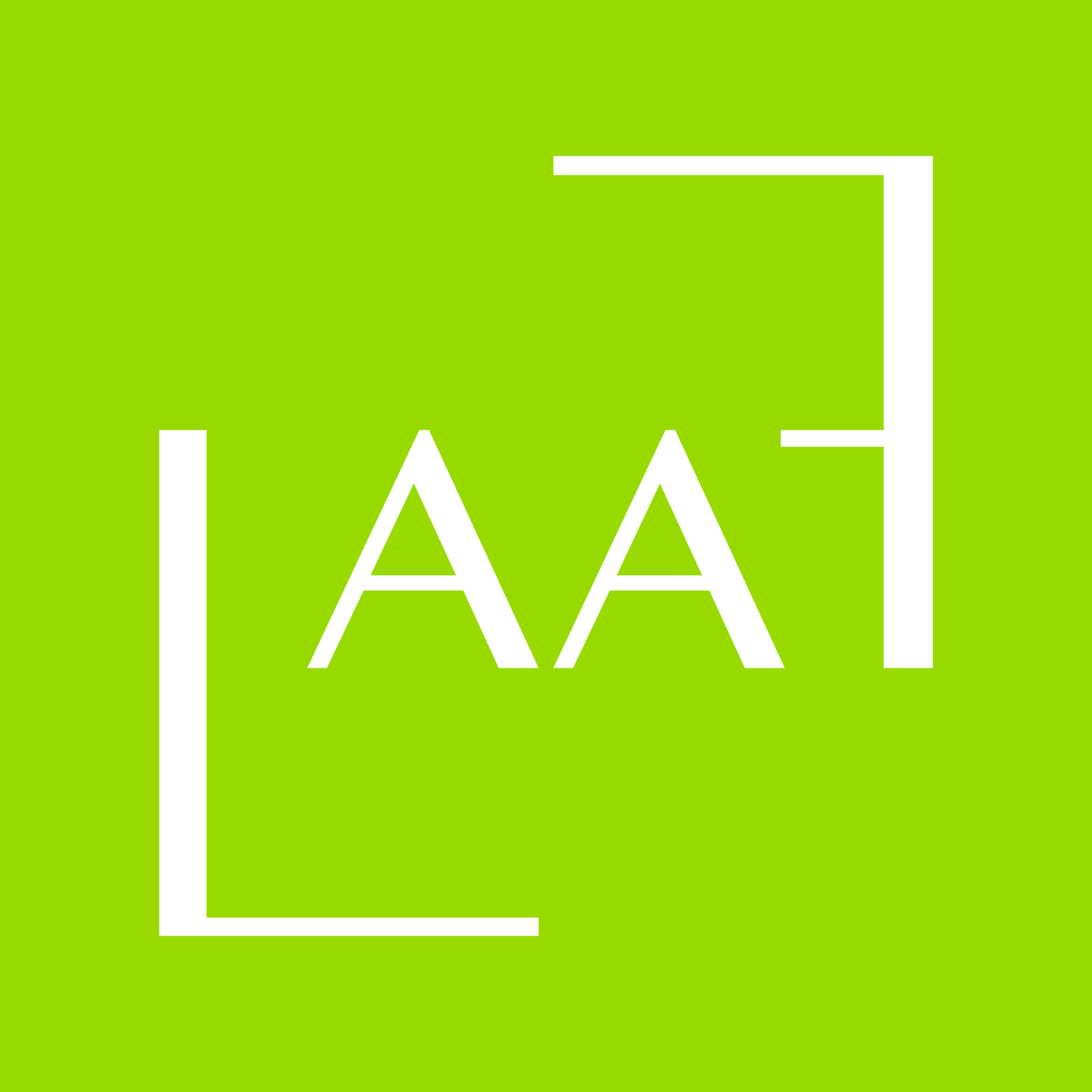Physical Presentation Discrimination
This Tactical Toolkit is one of a series of research-based guides to help women, including those with complex, intersectional identities, meet the unique challenges they face in the workplace and beyond. The toolkits provide insights, strategies and practical tips that will help empower everyone, regardless of their gender or identity, to thrive and to strive towards greater self-confidence, self-advocacy and leadership roles.
Executive Summary
Discrimination based on physical appearance such as attractiveness, weight, voice age, attire, skin color and hair styling is often likely racial and gender discrimination manifesting through physical appearance discrimination. Anyone falling outside workplace norms—often based on Eurocentric male standards—and/or from an underrepresented group in terms of age, race, ethnicity, physical ability and/or gender is more likely to experience bias than others. This toolkit suggests ways to identify workplace discrimination based on appearance and offers best practices and policies to address these forms of bias.
Some types of appearance-based discrimination:
Beauty-based discrimination: Whether beauty helps or harms professionally, it is a form of bias often felt more strongly by women who are either Black, Indigenous and people of color (BIPOC) or who fall outside Western commonly accepted standards of beauty.
Weight-based discrimination: Based on incredibly harmful stereotypes, weight can affect hiring, performance evaluations, promotion and salary decisions, with this bias starting at lower weight classes for women than men.
Hair-based discrimination: Workplace guidance on hairstyles is often subjective, leaving room for discrimination, often with religious or racial undertones.
Attire-based discrimination: Women, trans and genderqueer individuals are often judged based on their attire, but generational and cultural expectations vary. Attire can also prompt religious, ethnic and LGBTQ+ discrimination.
Voice-based discrimination: Female voices, rated as “warmer” than male voices, are associated with childishness and lower levels of competence. Accents, pitch, dialects and linguistic habits can trigger racial, ethnic or other biases.
Age-based discrimination: Unfounded assumptions that older workers perform less effectively than younger ones persist. Women perceived to be of child-bearing age or who have young children can also be subject to assumptions about their ability to work or work the hours necessary to be successful in a role.
Some Policies and Best Practices:
Create open-minded, healthy and inclusive policies toward attire, body modification and adornment.
Use precise wording in policies and clarify the rationale behind these policies to avoid subjective interpretation.
Adopt compassionate body modification policies and ensure they are consistent and inclusive.
Design policies that are mindful of health risks of fragrance, makeup and other personal care products, which can adversely affect some people’s health.
Determine and challenge discriminatory organizational policies to root out practices that are inconsistent with local and federal law.
Create an accessible environment by examining the physical space and layout of your organization.
Model inclusive and respectful language and address bias when it appears.
Minimizing both conscious and unconscious bias related to physical presentation is never easy. However, implementing the right policies and modeling best practices can help make progress towards building an inclusive workplace.
